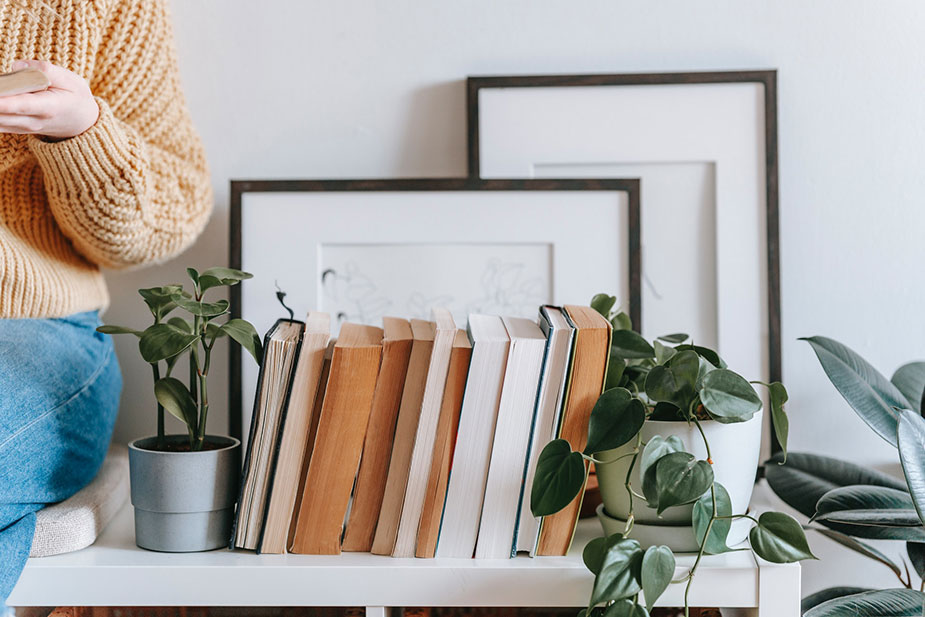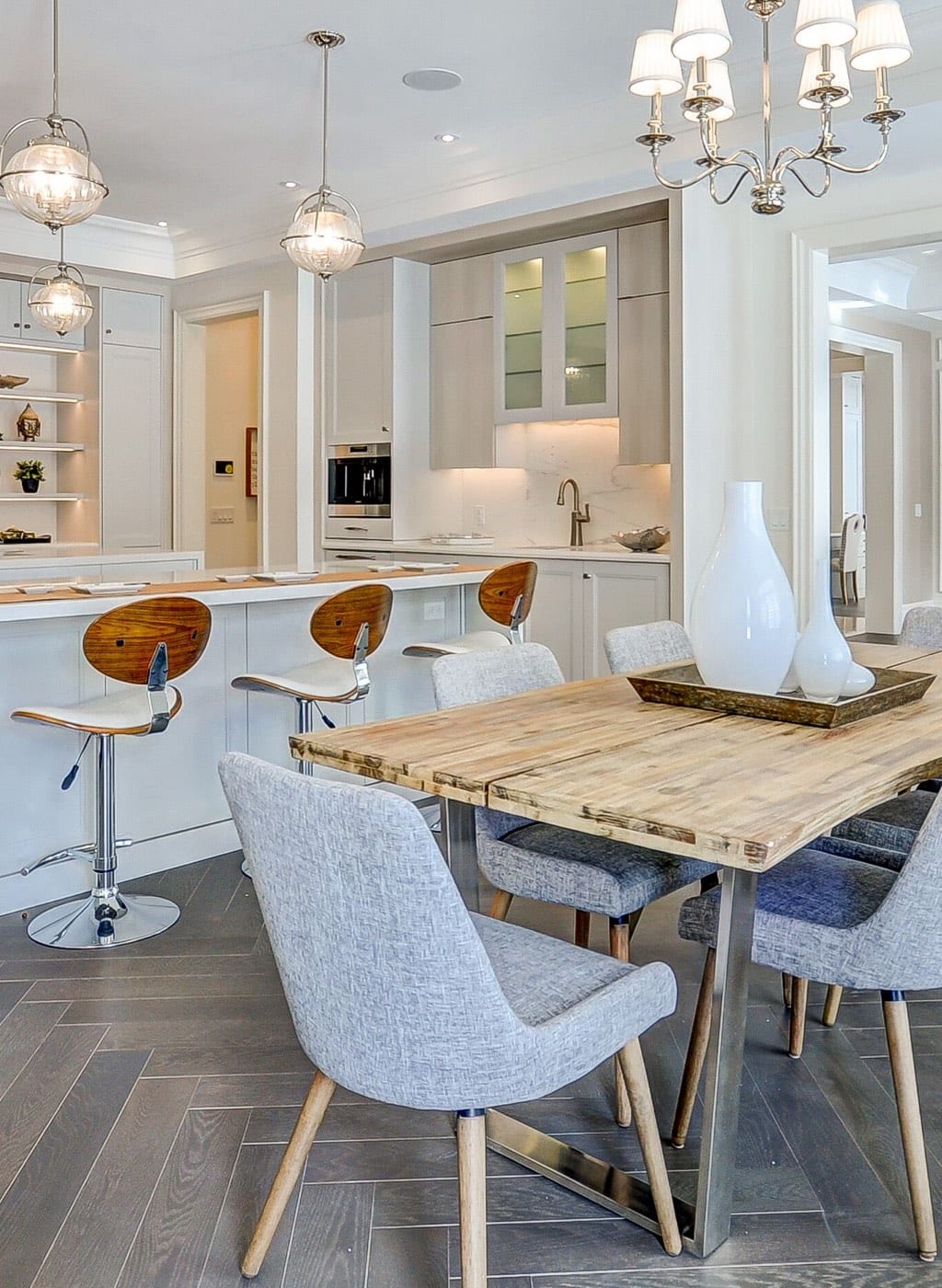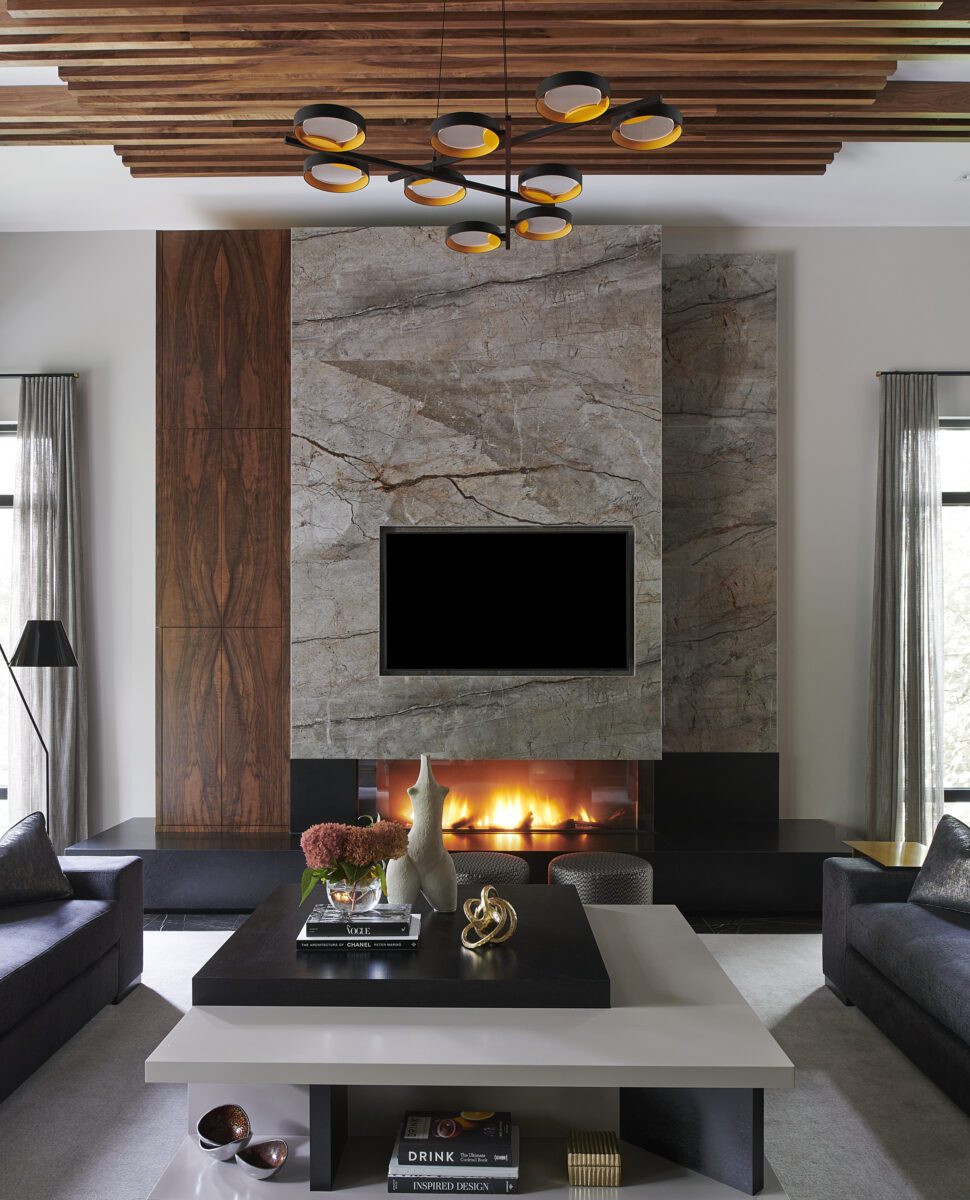
Sustainability in our world is more important than ever before. Because of this, an increasing number of people are looking for a home with a low environmental impact and a reduced carbon footprint. These ecologically-forward people may seek these features in either a new home or by renovating their existing one. In the last few years, there has been a surge of renovations for homeowners attempting to improve their ecological impact.
When people often think about making a house sustainable, the usual go-to items are proper insulation or exterior solar panels. But having an ecologically sustainable home can go so much further than this, right down to the interior décor of your home.
Sustainable interior design works to reduce the negative footprint your home leaves on the environment, while improving the comfort and health of those who live within it.
The primary objectives of sustainable interior design in a home can be broken down into a few main focuses:
- Designing a space that allows for energy efficiency
- Designing a home using materials with a low environmental life cycle and impact
- Using sustainable interior design in a way that reduces waste created during the process.
- Design with decor that benefits the physical health of those within a home
Let’s talk a little about what each of these points means for sustainable interior design and how to achieve these goals.
Design for Energy Efficiency
One of the biggest contributors to climate change is the greenhouse gasses caused by the overconsumption of energy from buildings such as our homes. There are many things that interior designers and architects can do to help reduce this energy consumption when working on a home and creating sustainable interior design.
Temperature controls in the home, like heating and air conditioning, are some of the main consumers of energy. Thus, it is important to use sustainable interior design to help reduce the need for these controls as much as possible.
Windows are one of the biggest culprits for letting heat escape in a home and cold air in. When designing the space, consider utilizing thicker or layered drapes, curtains, or blinds to help create a buffer to keep heat inside your home during the winter. During the warmer seasons, these thicker drapes can also keep the sun’s heat from overworking your air conditioning unit.
Carpets are also an excellent insulator, and thus, having carpeted flooring or using large area rugs in your green interior design can help a room retain as much as 10% of its heat. They’re also far less impactful on the environment than in-floor heating or space heaters.
Lighting is another one of the biggest consumers of energy in a home. Besides swapping out your lights for lower efficiency bulbs, utilizing green interior design can help reduce the need for lighting during the day.
For example, choosing the right paint colours in a room can have an impact on the effects of the lighting you use. White or other lighter wall colours reflect light in the room and increase its range. Meanwhile, darker walls and furnishings used in some high contrast designs can absorb light and thus may require more use of electrical lighting in a room.
Utilizing reflective décor items like mirrors, glassware, and crystal in your sustainable interior design can help to magnify and reflect light around a room and reduce the need for artificial lighting.
When it comes to sustainable interior design in areas like your kitchen, there’s more to appliance options than simple aesthetics. Older appliances like the fridge and freezer use far more energy than modern ones, so replacing these items can not only give your kitchen a fresh look, but also help with its environmental impact. Something to consider when shopping for a new fridge is that those with automatic icemakers, anti-sweat heaters, and in-door water dispensers all consume roughly 20% more energy than simpler models.
Design for Low Environmental Impact (Consider the lifecycle)
When choosing sustainable interior design materials for your home, using natural materials such as wood, stone and wool fabrics are all great choices for helping keep the footprint down.
Besides the material type itself, one can take the extra step by looking into the entire life cycle of these materials. Materials used for flooring and countertops don’t just appear in the stores after all, and the life cycle of these materials from the initial extraction, facility production, transportation, final processing, and what happens to the residual materials, all are evaluated when determining environmental impacts.
Many design products come with certifications and labels to let you know if they’re eco-friendly. For example, when it comes to many wood products, a label by the Forest Stewardship Council (FSC) notifies the wood used in the product was sustainably harvested.
Whenever possible, try buying décor pieces made by local artists and furniture makers who source their materials as close to home as possible, reducing the emissions and travel needed for them to arrive at your home.

Design for Waste Reduction
Popular interior design trends come and go, but just because something goes out of style doesn’t mean we need to replace and discard them.
Instead of tossing out furniture or décor items such as rugs, mirrors, and accent pieces, think of how an item can be repurposed, used in another room, or upcycled. Depending on your next desired aesthetic, many furniture pieces can either be distressed to appear more vintage, or sanded and refinished with a coat of paint or re-upholstery to appear more modern.
If a piece is in good condition but still has no place in your home, consider selling or donating it instead of simply discarding the item.
When shopping for new pieces of decor for your home, try searching for vintage pieces in antique stores that carry items that are increasingly back in style, such as those with a mid-century modern aesthetic. Alternatively, seek out pieces built by local builders and designers who use reclaimed or upcycled materials. In addition to being more sustainable than ordering mass-produced pieces online, which are then flown over, these products are often made with more care and tell a unique story in your home.
Design for Healthy Environments
According to the Environmental Protection Agency (EPA), people spend roughly 90% of their life inside buildings such as the home and office. With a growing number of people now finding their office is within their own home, outdoor travel from one to the other is entirely removed from the equation.
According to the EPA, indoor air pollution is one of the top five environmental threats to a person’s health. These pollutions are a direct result of the products and materials in our home, such as furniture that has been treated with harmful chemicals and finishes that leech into the air over time. Some furniture pieces will come with labels designating that they are made with materials low in VOC (Volatile Organic Compounds), so keep an eye out for this.
When it comes to sustainable interior design, decorating a home to be open and accessible to fresh air can help keep pollution levels down, as can certain decorating items. Plants, for example, act as a natural air filter, so they not only leave your home looking fresh, but help keep your air clean too. Another surprising décor item that has air-filtering qualities is area rugs and carpets. These fibrous materials help trap dust, dander, allergens and other pollutants that would otherwise be floating through the air, holding them until they are vacuumed and cleaned.
Work with Harvey Kalles
If you’re looking to buy or sell your home, we can help. For over 65 years, Harvey Kalles has been one of the most trusted names in real estate across the GTA. Our team consists of some of the best real estate agents in Toronto who will work to help you find your next dream home.




